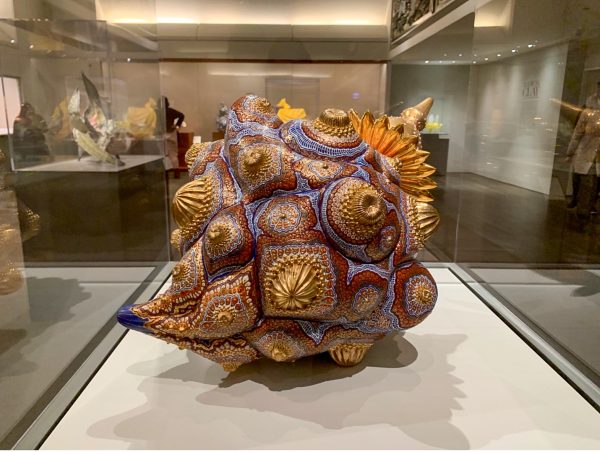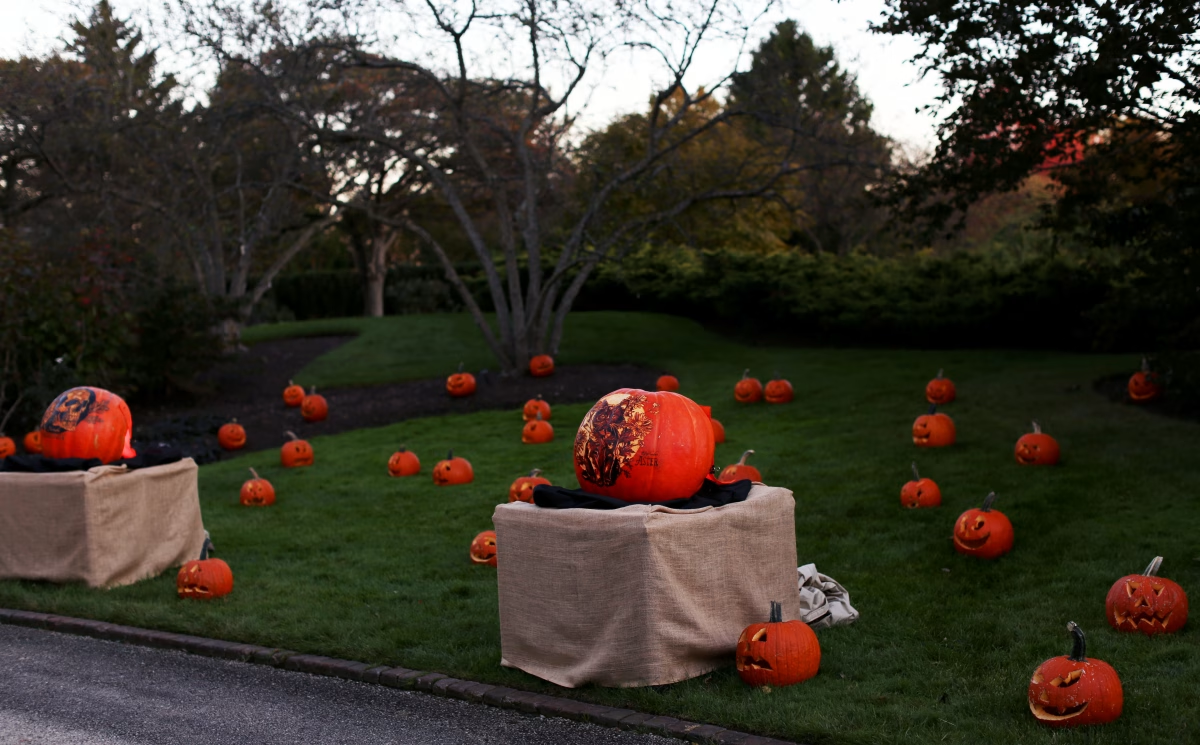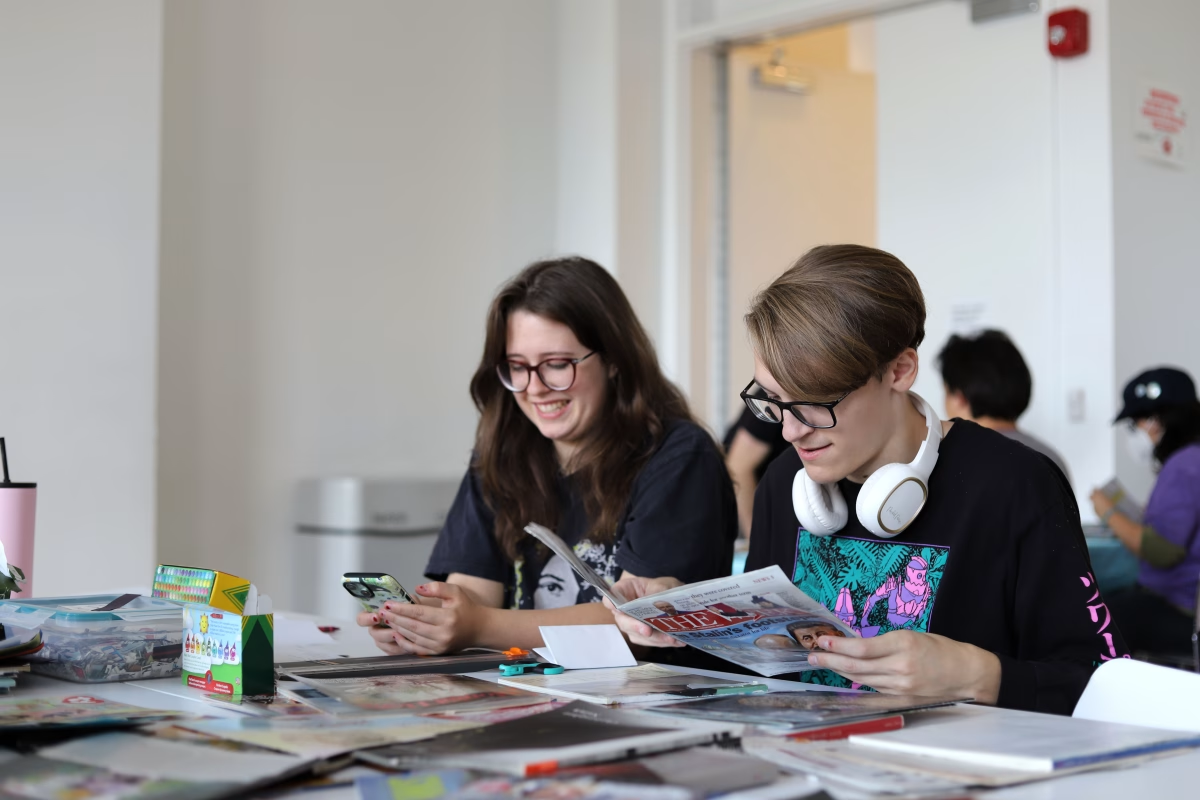Enclosed behind glass in galleries 108 and 109 at the Art Institute of Chicago, 40 unique ceramic sculptures take on diverse themes from nature and the body to the strange and grotesque, while others draw inspiration from textiles.
The pieces are part of an exhibition titled “Radical Clay: Contemporary Women Artists from Japan,” which features the work of 36 female Japanese ceramicists from the collection of Carol and Jeffrey Horvitz, who are art aficionados based in Boston.
Together, the pieces reflect the creative and technical innovations women have made in the field whose contributions are underappreciated.
“Historically in Japan, women have largely been kept apart from the creative process of ceramics, with limited access to kilns,” said Janice Katz, Roger L. Weston associate curator of Japanese art at the Art Institute. “When they are involved, it is typically confined to menial jobs like preparing clay and glazes.”
Emily Willis, a professor in the ceramics department at the School of the Art Institute of Chicago added, “They just have not been given the representation that they deserve.”
Katz said the inclusion of ceramic courses at prestigious art academies and opportunities to train abroad several decades ago opened new opportunities for female Japanese ceramicists in places like Tokyo and Kyoto, where the national research university is located.
“And what happens is that all of a sudden in the 1970s, women start getting admitted to art schools,” said Curt Hansman, a professor of the History of Art and Architecture and a board member of Global Asian Studies and Chinese Studies at DePaul.
This influence as well as inspiration from abroad, Hansman said, may have given way to experimentation beyond the confines of a male-dominated tradition, which has historically consisted largely of functional pottery.
“The pieces in the exhibition are so different, so completely outside the way of thinking of traditional pottery,” Hansman said.

Hansman said that this break or reimagining of tradition is what makes this exhibition radical.
“The connotation of radical as something extreme is just really kind of outside of a word I would usually use to talk about the arts of Japan.”
Katz, the curator of the exhibition, said these women now represent some of the ceramicists at the forefront of innovation in the industry.
“As a group, these artists have a vision beyond what others are doing in the field,” Katz said.
The Radical Clay exhibition showcases this vision, which Katz says fits well into the Museum’s history as a home for contemporary Japanese Art.
“When presented with the opportunity to have this exhibition, we realized it was the right time to focus on women artists, as their work continues to fulfill its potential as cutting-edge contemporary art,” Katz said. “As a museum showcasing artwork from around the globe, we can situate these artists’ creations to foster a dialogue with contemporary art from around the world in a large public city museum.”
Katz also spoke about the curation process behind the exhibition.
“In deciding the artworks to include, we were mindful to represent as many different generations of artists and styles as possible. We wanted to include those artists whose success has made them leaders in the field but also up-and-coming artists whose work is far less known but are nonetheless doing very interesting works in clay.”
Museum-goer Ashley Honeysett said it stood out to her that both experienced and emerging artists were included in the same space.
“It strikes me that they represent very different age groups,” she said. “So I think probably what it means to be female has been different for the different artists that have been included here.”
Honeysett said she will be looking for the museum to continue to include women’s contributions to contemporary Japanese art.
Elevating different perspectives in the art world, said Willis the Art Institute professor, is crucial.
“That’s the importance of having a broader group of artists, being able to share their experience,” Willis said. “I think when you have that ability to connect with people, there becomes more empathy, compassion, understanding and, I mean, the hope would be change.”








